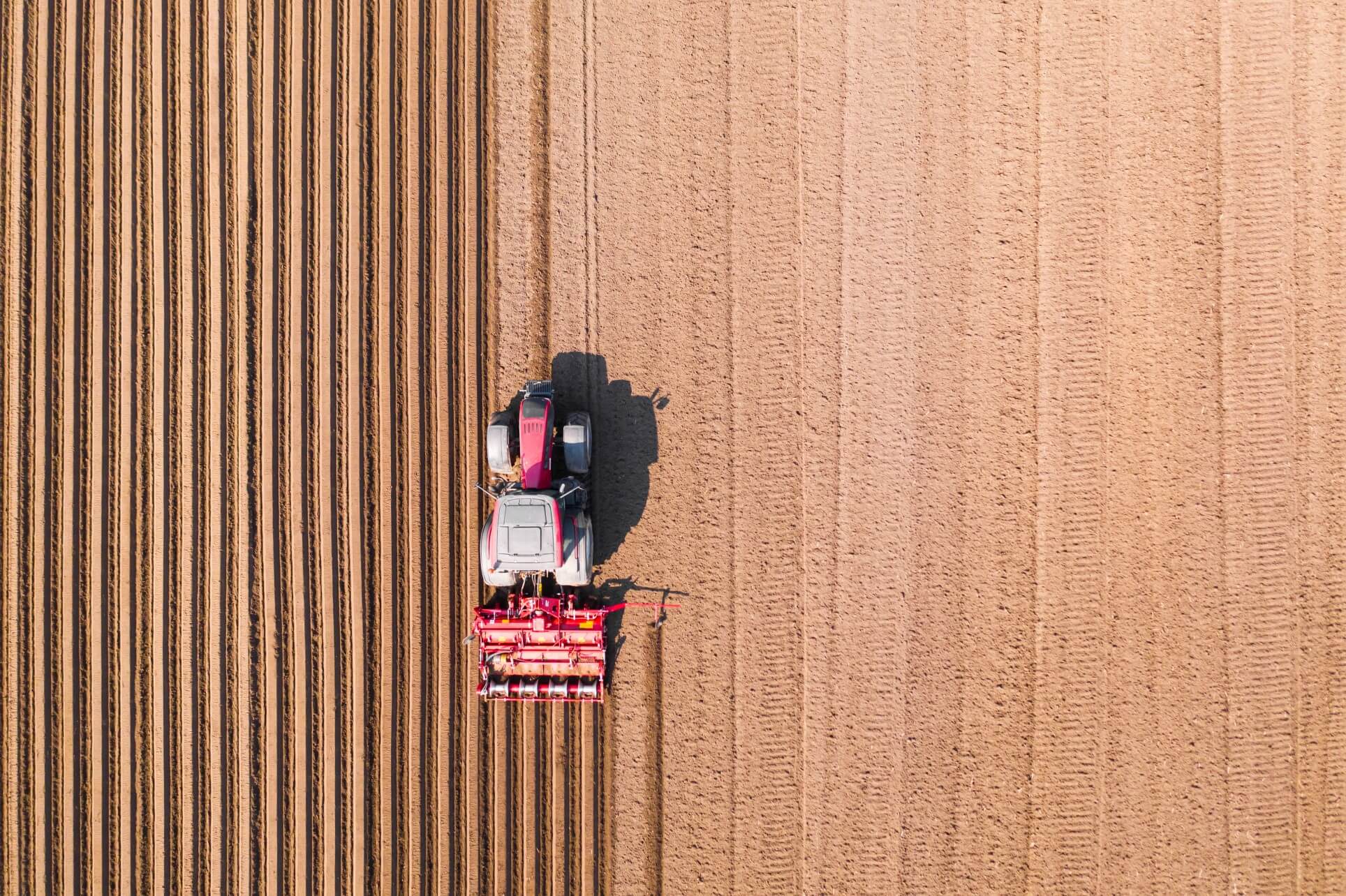Getting more out of the same amount of land: cattle and forestry as a sustainable investment

[caption id="attachment_3284" align="alignleft" width="495"] Combining forestry and cattle to achieve multiple benefits. Photo: Montes del Plata.[/caption]
Combining forestry and cattle to achieve multiple benefits. Photo: Montes del Plata.[/caption]
According to the FAO, combined systems include both traditional and modern land-use systems where trees are managed together with crops and/or animal production in agricultural settings. So called silvo-pastoral systems – which combine trees and pastures – deliver multiple outputs on the same area and are therefore a smart investment strategy to spread agricultural production risk across commodities while achieving environmental benefits. Take pulp and paper production in the Southern Cone for instance. In this industry, partnering with cattle ranchers on farm plots neighboring industrial timber plantations has become a best practice.
In Uruguay for example, cattle ranching is a traditional and culturally dominant industry, and other land use based sectors like forestry are competing for land with local long timers. Leasing pasture land from landowners that neighbor their own timber plantations in exchange for allowing farmers access to company lands is one way for IDB client Montes del Plata to expand their wood plantation area. The company broadens its access to raw material that it would otherwise have to purchase on the spot market. Cattle continue to graze to a limited extent on the same plots as soon as the newly planted trees are large enough, therefore providing an important fire regulation service to the company. The mechanical, labor-intensive process is replaced by the “free” ecosystem service of cows keeping grass in fire breaks short. A recent study conducted by the IDB has brought to light that this model also benefits beef production itself. Shade provided by plantation trees enables cows to fatten up to 17% faster under certain conditions, be healthier and less affected by heat stress.
Apart from the business opportunities for rural cattle ranchers, this model provides further economic, social and environmental benefits to local communities. Land owners entering the program receive technical assistance and planning for establishing timber plantations on parts of their plots and get to share part of the revenues once the wood is harvested. Farmers receive additional income, knowledge transfer and specific training such as on how to obtain Forest Stewardship Council certification, which is the industry standard on sustainable wood production.
From an environmental perspective, well managed multiple land uses on the same area are preferable to extensive land uses that results in continuous degradation such as soil erosion and nutrient depletion. Green investment funds from Moringa to the Global Sustainable Agroforestry Fund are recognizing these opportunities in combined systems and expecting IRRs of 10%.
This is good news for agricultural investors seeking to reduce risk by diversifying income streams that contribute to a triple bottom line.
LIKE WHAT YOU JUST READ?
Subscribe to our mailing list to stay informed on the latest IDB Invest news, blog posts, upcoming events, and to learn more about specific areas of interest.
Subscribe



